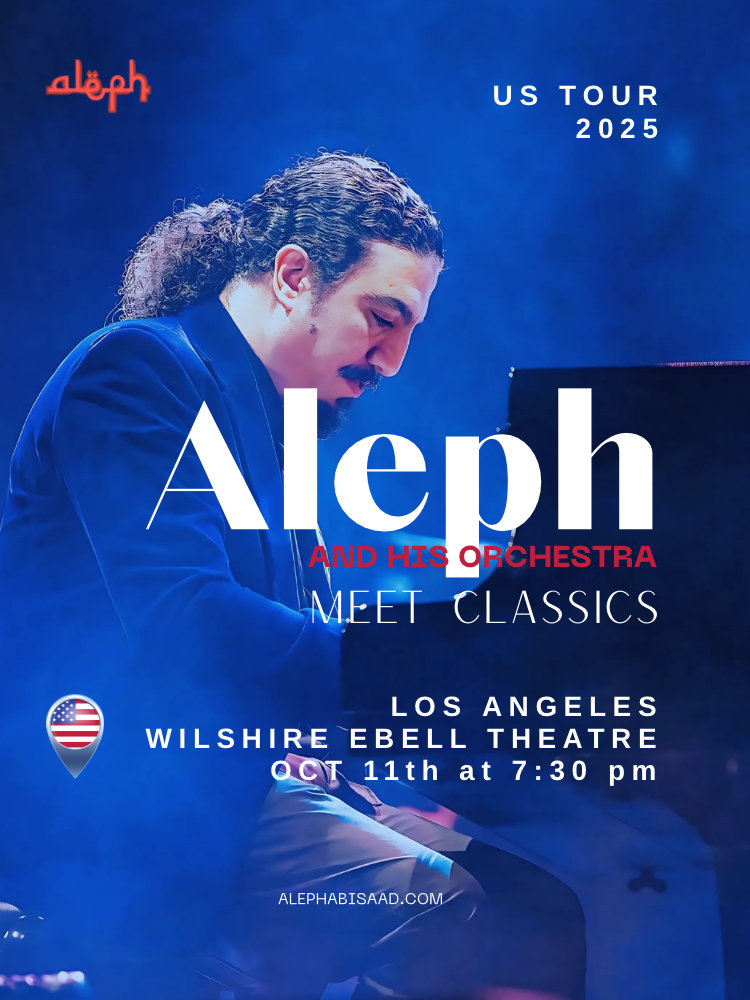Degas Dance Studios Presents The Only Things Standing Between You & Me... Reality
Saturday, June 14, 2025
04:30 PM
LAFD: Community Emergency Response Team (CERT) Classes
Tuesdays - Starting July 8 to August 19, 2025
7:00 PM
Student Matinee: She Speaks! What Shakespeare's Women Might Have Said
Friday, September 12, 2025
12:00 PM - 1:30 PM








.jpg)














.jpg)

.jpg)



.gif)





.jpg)













